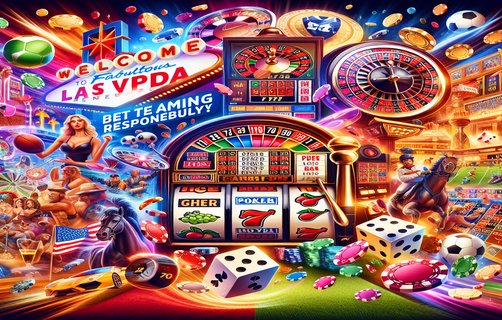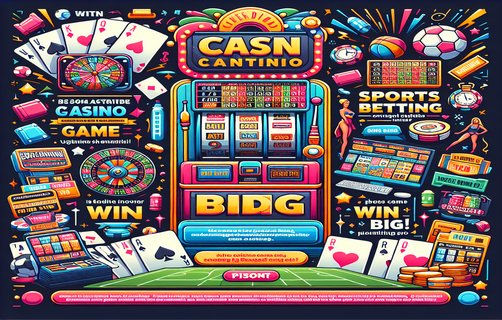Innovative Game Mechanics: An In-Depth Analysis of Board Design Elements
इनोवेटिव खेल मैकेनिक्स: बोर्ड डिज़ाइन तत्वों का गहन विश्लेषण

In the realm of board games, the delicate dance between strategy and chance often defines the player experience. This article delves into crucial game design elements: chance resolution, piece placement, resource counters, time tracking rules, asymmetrical board design, bard mechanics, and condition markers. By dissecting these components, we can appreciate the innovations that enhance gameplay and player engagement.
**Chance Resolution**
Chance resolution in board games often adds an unpredictable twist to gameplay. Traditional methods like dice rolling introduce luck but can deter strategic thinking. However, modern designers are experimenting with hybrid systems, incorporating elements like card draws or unique chance tokens. By regulating these variables, designers create a balanced environment that maintains suspense without overwhelming strategic planning.
**Piece Placement**
Piece placement refers to how players position their units on the board. This mechanic significantly influences tactical decisions. Games with fixed piece placement can lead to diverse strategies and outcomes. Conversely, allowing dynamic piece movement encourages adaptability, enabling players to respond to their opponents' actions in real time. By blending both concepts, designers can produce captivating gameplay that rewards both tactical foresight and reactive maneuvering.
**Resource Counters**
Resource management is at the heart of many beloved games. Resource counters serve as tangible indicators of players' capabilities, helping them track their assets as gameplay unfolds. Innovative designs often allow players to gain and lose resources dynamically, emphasizing the ebb and flow of power. Moreover, integrating resource counters with other elements like piece placement can create layered strategies that entice players to think several moves ahead.

**Time Tracking Rules**
The implementation of time tracking rules has significantly evolved to enhance player engagement. Games now frequently utilize timers or countdowns, adding urgency to decision-making. However, striking the balance between pressure and enjoyment is crucial. An effective system may involve flexible timing mechanisms, allowing players to occasionally pause for discussion or deep strategy, ultimately enriching group dynamics without sacrificing pace.
**Asymmetrical Board Design**
One of the most exciting advancements in board game design is the asymmetrical board structure. This approach allows different players to experience unique challenges based on their starting positions or available resources. This variance fosters replayability and drives collaboration among players who must adapt their strategies to each unique encounter on the board. The asymmetrical nature not only enhances competition but also deepens strategic layers in gameplay.
**Bard Mechanics**
Bard mechanics introduce narrative elements to gameplay, where players can perform actions that influence the game world through storytelling. This engagement can lead to immersive experiences as players' decisions ripple through the game's fabric. Designers often weave in bard mechanics to enhance player choice, allowing them to create a legacy of their actions throughout a session's storyline.
**Condition Markers**
Lastly, condition markers are essential tools that track the state of players' units or game elements. These markers promote clear communication among players and provide visual cues for an ever-changing game environment. Innovative designs utilize condition markers to add depth to strategy, allowing players to manipulate various aspects of the board dynamically. This subtle feature can transform gameplay from standard engagements to exhilarating tactical exhibitions.
In conclusion, understanding and creatively implementing these game mechanics can dramatically improve board game design. Emphasizing chance resolution, piece placement, resource management, time constraints, asymmetrical designs, storytelling elements, and clear condition markers can elevate player experiences. The modern board game landscape is rich with possibilities, and being mindful of these elements will lead designers to craft truly innovative and engaging games.

comments
GamerGuru12
This article really dives deep into the mechanics of board games! Glad to see so much innovation in design.
BoardGameBuff
The point about asymmetrical board designs is so true. It really changes the dynamics of the game.
StrategySavant
I love the exploration of chance resolution. It’s always good to balance luck with strategy!
GameChanger123
Condition markers are such an important detail, yet often overlooked. Great piece!
TableTopTactician
Bard mechanics can truly enhance the storytelling in games. Fantastic read!
ResourceMaster
Excellent insights on resource counters! They really add depth to gameplay.